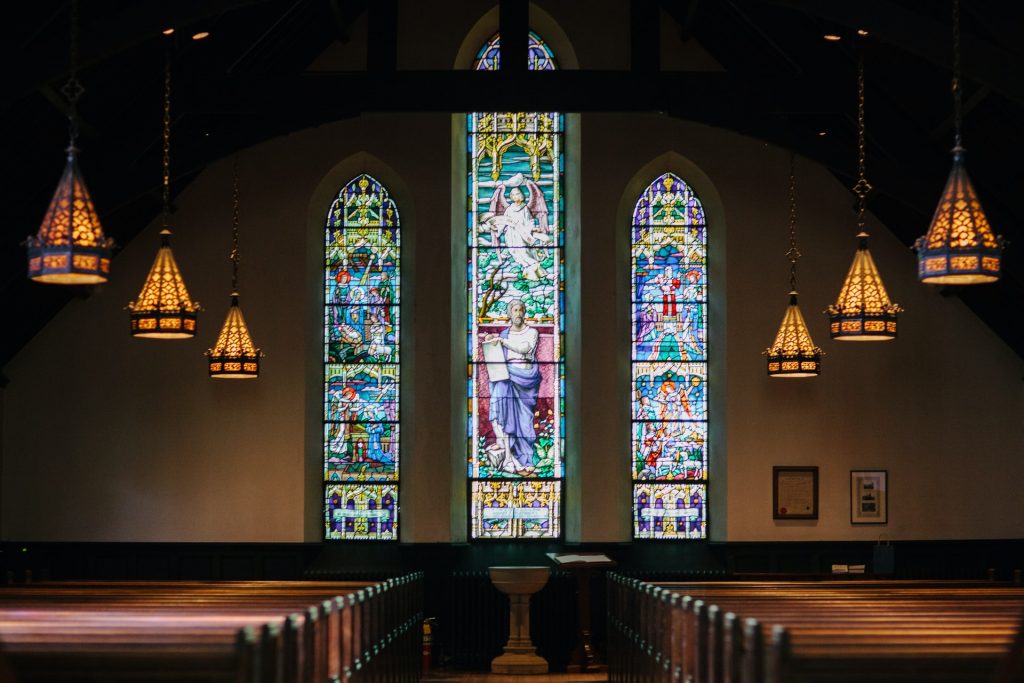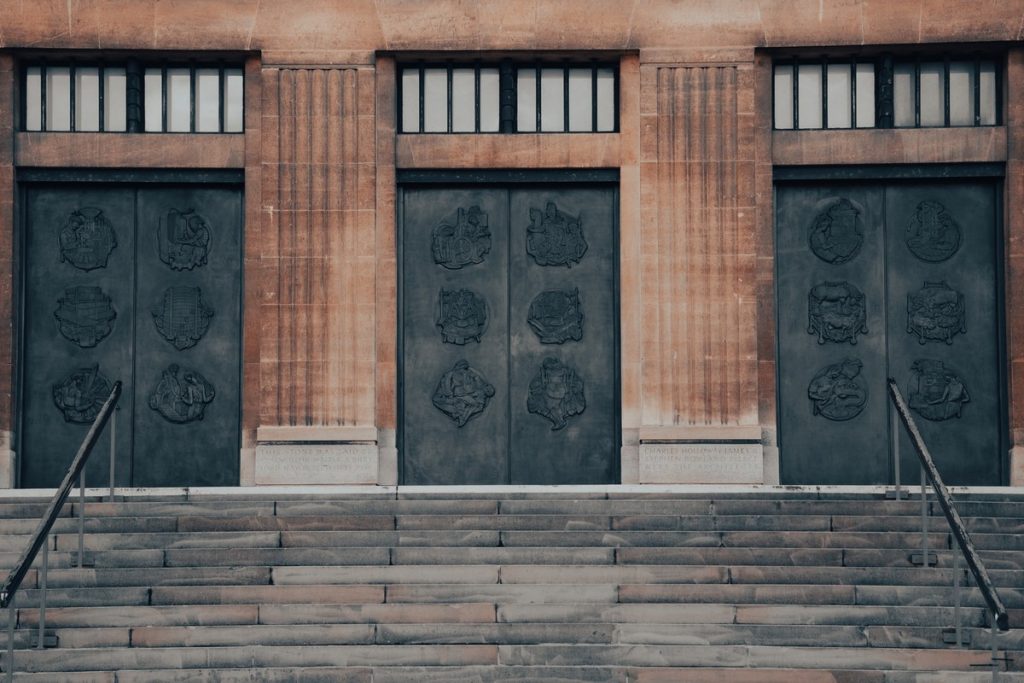If much, since we are to make much of the Vitruvian approach to architecture and design, then expounding on the three elements mentioned earlier is imminent. Marcus Vitruvius Pollio described architectural quality and summarized what many architectural designers over the ages have sought to communicate in many words, or indirectly by intuition, through their designs.
Vitruvius wrote his book De Architectura, which was later re-published as Ten Books on Architecture, as a treatise that systematically exposited why quality architecture, what compromised quality architecture, and how to do quality architecture. He dedicated the book to Caesar ‘Octavian’ Augustus (23 September 63 BC – 19 August AD 14) as a guide or principle for building projects. The book does not only cover buildings but what encompasses the life of the dweller of those buildings, from machinery to sundials.
To narrow our discussion, we shall consider his statement in book 1, chapter 3, section 2. Vitruvian writes, “All these – referring to different kinds of building and structures – must be built with due reference to durability, convenience and beauty.” This statement further becomes the overarching and recurring theme in the book; Strength, Functionality, and Beauty, known later as the Vitruvian triad.
As he contemplated all this, his contemporaries in the classical period also considered the notions of what existed beyond time-space matter. ‘Cosmic values that extend beyond our everyday sensory experiences and are thus considered nonphysical, immaterial, conceptual, or even spiritual‘, as Kenneth Samples defined the ‘Transcendentals’. These notions are much related to the Vitruvian ideals. Thinkers later referred to these notions as the three Transcendentals: Truth, Goodness, & Beauty.
Kenneth Samples further elaborated; Truth is what defines reality, goodness what fulfils purpose, and beauty that which is lovely. These are knowable by the noble seeker. Over time, philosophers, thinkers, architects, and art theologians have sought to create a concord of the Vitruvian triad and the transcendentals; Truth with strength, goodness with functionality, and beauty that which remains unchanged, even though the hardest to elaborate.
strength in truth

photo by luís eusébio on unsplash
The strength aspect goes further than just keeping upright as designed for durability. Vitruvius discusses what it involves to make a building sturdy and durable. It addressing the materials, their properties, and the safe and wise assembly. He tackles building elements and suitability in different locations from foundations, walls, roofs and floors. More professionally, this docket lies in Structural and Civil engineering. However, since Architects have trained in various trades, they need to initiate the process and recommend scientifically what the engineer will design intently.
This pre-concludes that the structure, the materials, the assembly, the process, methodology, and all relating to the structural integrity, follows a standard, principles, truths, and facts. The art critic and philosopher Graham Carey, in his 1949 issue of The Catholic Art Quarterly, wrote, ‘What is truth in architecture? Truth is a relationship of congruence between a thought and a thing… and ordinary relative truth is the likeness between what things are and what we think them to be… the material expression of the principles should be adequate. The building should be what it seems to be. Such is truth in architecture‘. Not just truth arrived at by a method, but a truth expressed in pure and natural expression.
Goodness for use

photo by karl fredrickson on unsplash
Convenience or usability is the ability of a building to perform its function. It covers matters necessary for a building to function and respond to the needs of its users. A building needs to be firm. However, if it is unusable, it is not yet architecture. As Claus Bech-Danielsen in his paper on Vitruvius concludes, ‘Thus, it also becomes crucial whether the building responds to current ideals of ‘the good life’’. We derive goodness in the service and the utility nature of something.
Graham Carey continues to note that, ‘Goodness is the relation of things to their final causes… But goodness also means a congruence between what he (the architect) himself wants and what he succeeds in achieving. A good building is one which has a good purpose, one congruent with the needs of man as God created him, and it is also one that fulfills its purpose whatever that purpose may be… A really good building is good in both senses; it has a noble use, and its structure serves that noble use nobly.’ If what the architect set to achieve is what he finally presents, he has attained goodness according to the objectives. Therefore, goodness extends to even the goals the architect has purposed to accomplish. This, in turn, crosses over to the ethical and moral rationale of art and design, which is a topic of debate.
Beautiful beauty
This notion is the most boggling as some perceive it to be objective and others subjective. Unlike strength and usability, beauty is sometimes most neglected and left to intuition for the architect to achieve. The pursuit of beauty has been shunned for ornamentalism and trophy architecture, and sometimes rightfully so, where a building does not meet the other two ideals. But what is beauty?
Claus Bech-Danielsen, explaining the classical thought of beauty in architecture, writes, ‘Vitruvius believed that nature is an expression of cosmic order based on universal laws, and he believed, that architectural quality is achieved when the architectural design based on these laws – and when architecture thereby ‘mimic’ natural cosmic order.’
Cosmic order is simply that which is not chaos. Architectural aesthetics combine design principles in the right mix to voilà; Space that is curved proportionately, lights, shades, weights, textures, rhythms, hierarchies, repetition, points, planes, volumes, and voids, all held firmly for a time.
Graham Carey concludes, ‘Beauty is the radiance of perfection in a thing, a perfection which the mind may understand directly through the service of the senses. If a thing is what it should be, true and good, it will appear as it should, beautiful, to anyone who has a mind capable of receiving beauty. The beauty of architecture is a direct result of truth and goodness of architecture.’ I would argue it goes further because it captures emotions wonderfully put by Edmund Burke, ‘Beauty is the promise of happiness.’
Final thoughts
In answering Sir Roger Scrunton’s questions, to help understand the transcendentals in his book Beauty, we can ask the same of an architectural piece as an Architect in Nairobi, and broadly in Kenya.
Why believe in its strength? Because it is true.
Why want functional architecture? Because it is good.
Finally, why the specific interest? Because it is beautiful.
Main article Photo by Adam Rhodes on Unsplash


